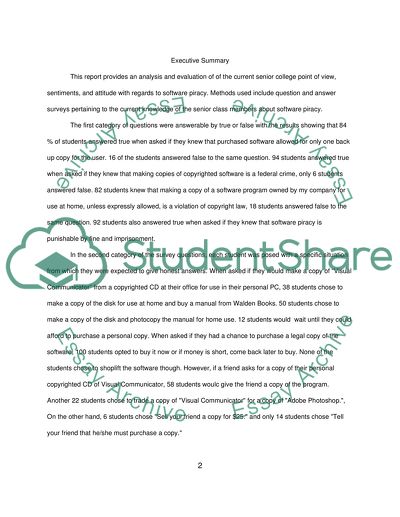Cite this document
(“Software Piracy at CWU Research Paper Example | Topics and Well Written Essays - 3250 words”, n.d.)
Retrieved de https://studentshare.org/information-technology/1392522-analytical-report
Retrieved de https://studentshare.org/information-technology/1392522-analytical-report
(Software Piracy at CWU Research Paper Example | Topics and Well Written Essays - 3250 Words)
https://studentshare.org/information-technology/1392522-analytical-report.
https://studentshare.org/information-technology/1392522-analytical-report.
“Software Piracy at CWU Research Paper Example | Topics and Well Written Essays - 3250 Words”, n.d. https://studentshare.org/information-technology/1392522-analytical-report.


